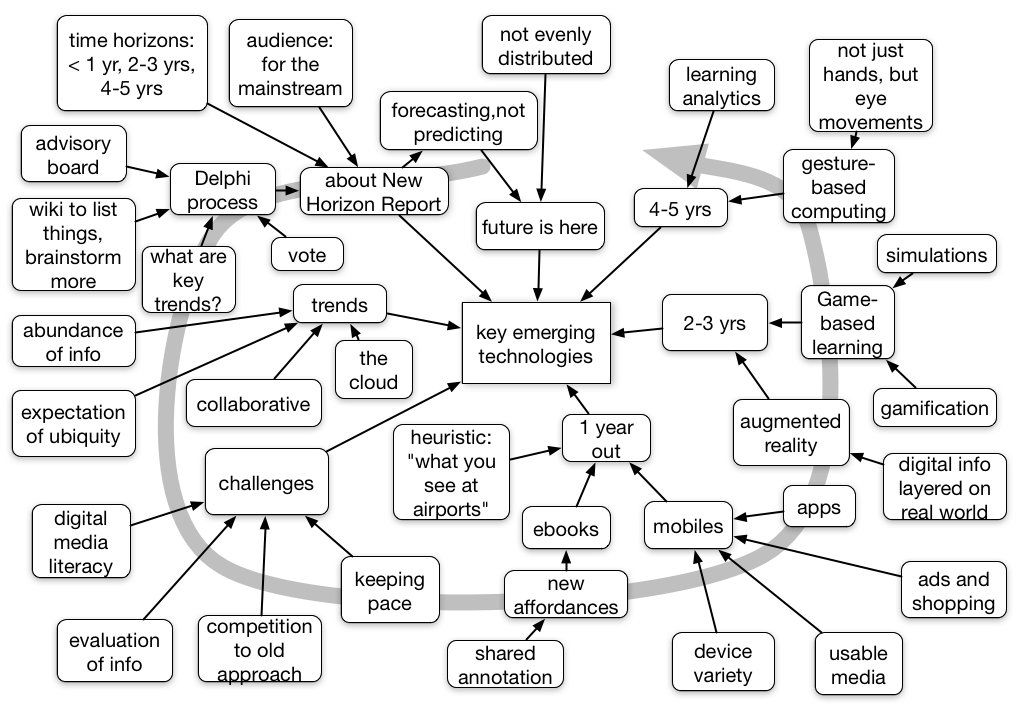While my colleagues in the ITA and I are railing against the LMS as a complete solution for organizational performance (and the vendors rally back with their move beyond course management with social and portal capabilities, to be fair), one overriding cry is heard: “but we have to do compliance!” And, yes, they do. But that umbrella covers a multitude of sins as well as some real importance.
So, for the record, I acknowledge that I want procedures followed when lives are on the line and other cases where it’s important. Yes, I do want oil well procedures followed, ethics in financial transactions, careful scrutiny of pharmaceutical research, harassment-free workplaces, and more. I like that there are procedures for pre-flight safety, medical sanitation, etc. So don’t get me wrong.
What I am concerned about, however, are two things. For one, as I see the effectiveness of classes ranging from very practical guidance to ridiculously useless knowledge tests. Let’s be clear, telling someone about something and having them recite back the knowledge isn’t going to lead to meaningful change in behavior. An expert in emotional intelligence told me that most of the workplace bullying interventions are worthless, as the person responds appropriately to the information on a post-class test, but then goes back to the workplace and continues to misbehave. That’s a waste of time and money.
For another, the criteria are often knowledge based, not performance-based. We can make meaningful tests, either computer-administered (simulations), or real performance. What doesn’t work are knowledge tests. And LMSs don’t care what the form of assessment is, if it can be recorded.
What we should be looking for are competency assessments, based upon real performance, not knowledge test. Certainly, pilots have to perform appropriately, as do surgeons. They are measured by real performance. It’s not about courses. If they can’t perform, then there are knowledge resources, whatever might be helpful, but it’s not like they have to take a course, unless they want to.
And the standards change over time as new procedures and tools come in. BTW, how does that adaptation happen? Not by one person decreeing it so, but panels of experts coming up with new proposals, testing, and refinement. A social process, with criteria of their own about acceptable standards. And not measured by seat time, poundage, or any thing other than the ability to reliably demonstrate capability.
Now I’m going to sound far-fetched here, but in the long term, I see communities developing the criteria and competencies collaboratively, and the assessment mechanisms as well. The tools will exist for communities to pass up ideas, for experts to review and revise the criteria, and for the process to be transparent to governmental and public scrutiny. We need better and more meaningful competency development and testing. That’s what I’d like us all to comply with.

